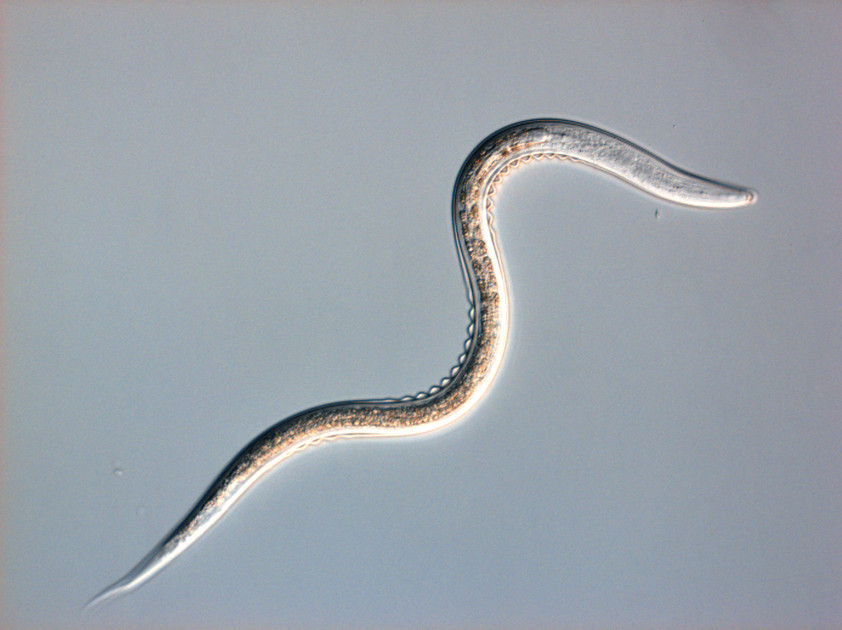How to Apply Beneficial Nematodes for Maximum Success
Oct 21, 2025
Beneficial nematodes are living organisms. For best results, keep soil or media evenly moist before and after application—never waterlogged. Apply early morning, evening, or on cloudy days to reduce UV exposure and desiccation. Ideal temperature range is 50–86°F , but Capsanem (Heterorhabditis bacteriophora) works in cooler soils down to 41°F, making it ideal for grub control programs. Likewise Entonem can withstand soil temperatures as low as 40°F. Store nematodes refrigerated at 38–42°F , never freeze, and use before expiration.
Check out our downloadable guides on the application and use of Nematodes below:
Download the Guide to Beneficial Nematodes for Horticulture here.
Check out our '10 Golden Rules for Nematode Application'
Click here for Frequently Asked Questions
Step 1: Mix It Right
Start with clean, cool water and avoid heavily chlorinated sources. Agitate gently using a small pump or stirrer. Nematodes settle quickly and can sink to the bottom of a bucket or watering can during application, resulting in their suffocation. Apply promptly; once mixed, use within two hours for best results.
Application Rate: 50 million nematodes typically treat about 1,000 sq ft as a drench, or 250–500 sq ft under heavy pest pressure. For non-soil mediums such as perilite, we recommend to be sure to drench at a high dose all the way to & through the bottom of the container. Perilite and other materials that create air pockets can harbor problems in crevices, so a thorough drench ensures the nematodes come into contact with their prey. Always follow the product label for exact rates.
Step 2: Choose Your Application Method
Use a watering can for houseplants and small batches, a hose-end sprayer for larger containers, beds, gardens, and lawns, or an injector/drench system for greenhouse and nursery setups.
Equipment Tips: Remove fine filters (50-mesh or finer), keep pressure below 300 psi, and maintain agitation throughout application.
Step 3: Apply Evenly
Drench the soil surface thoroughly so nematodes move into the root zone where pests live. Avoid runoff—slow, even application is best.
Step 4: Aftercare
Maintain even moisture for 3–5 days post-application so nematodes stay mobile. Avoid nematicides, strong oxidizers, or hydrogen dioxide products immediately after application.
Step 5: Monitor Effectiveness
Use sticky cards to track adult fungus gnat or thrips activity. Try the potato disk test—place raw potato slices on the soil surface before and after application to check for larvae. Look for fewer adults, improved plant vigor, and infected larvae (opaque white/yellow) as signs of success.
Timing Recommendations
Fungus Gnats: Apply at first adult detection, during active pressure, or preventatively before fungus gnat presence(Steinernema feltiae / Entonem).
Thrips Pupae: Apply at first detection, or during active pressure(Steinernema feltiae / Entonem).
Japanese Beetle Grubs: Treat late summer or early fall when larvae are small and near the surface (Heterorhabditis bacteriophora / Larvanem).
Vine Weevils: Apply in fall and spring when larvae feed on roots (Heterorhabditis bacteriophora / Larvanem).
Fleas in Lawns: Target shaded, moist areas; apply in evening and keep moist (Steinernema carpocapsae / Capsanem).
Tips for Heavy Pressure
Reapply weekly or every 2–3 weeks until pest pressure drops. Combine with cultural practices like dry-down cycles and sanitation. Integrate nematodes with other biologicals as part of an IPM program.
Using Beneficial Nematodes as a Foliar Spray
While nematodes are best known for soil and substrate applications, they can also be applied as a foliar spray under the right conditions to control pests like caterpillars and other foliage-feeding larvae. This approach expands their versatility in integrated pest management programs.
When to Apply Foliar Sprays
Target pests: Early-stage caterpillars and mobile larvae feeding on foliage before dropping to the soil.
Ideal conditions:
High humidity (greenhouse or enclosed environments) to prevent desiccation.
Moderate temperatures (50–86°F).
Low UV exposure—apply early morning, late afternoon, or on cloudy days.
Timing: Apply at first detection of caterpillar feeding or during early larval stages for maximum impact.
How to Apply Nematodes as a Foliar Spray
Mixing: Dilute nematodes in cool, clean water according to label rates. Keep solution agitated during application to prevent settling.
Coverage: Use a sprayer with gentle pressure to avoid damaging nematodes. Aim for even coverage on foliage, especially undersides where larvae hide.
Post-application care: Maintain high humidity for several hours after spraying. Light misting or overhead irrigation can help keep foliage moist.
Repeat: Reapply every 7–14 days during active feeding periods or as part of a preventative program.
Tip: Combine foliar sprays with soil drenches for caterpillars that pupate in substrate—this dual approach stops the lifecycle above and below the surface.
Ready to Apply?
Beneficial nematodes are simple to use—but they’re living organisms, so treat them right and they’ll do the heavy lifting.


